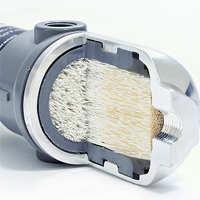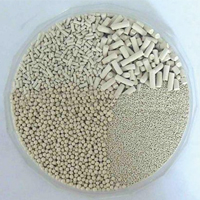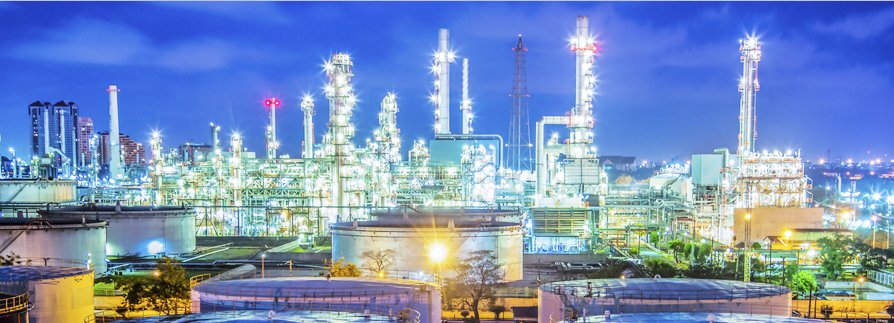Technology
Membrane technology
 The membrane technology is one of the
well-developed sectors targeted to separation of liquid and gaseous mixtures with
semi-permeable membranes. The membrane technology is one of the
well-developed sectors targeted to separation of liquid and gaseous mixtures with
semi-permeable membranes.
The process of separation is based on the fact that different components of the system permeate the membrane at the different rates or are completely entrapped. The process may be propelled by difference in concentrations,
pressures, electric potential or temperatures on both sides of the membrane.
Efficiency of separation is assessed by the values of «selectivity», «output» and «separation factor».
Membrane-based separation of mixtures is mostly carried out at the ambient temperature free of without phase translations thus resulting in simple configuration of the membrane apparatuses and economic efficiency
of the process.
Adsorption technology
 Adsorption is the process when one or more components of a gas mixture is occluded by a solid matter — adsorbent. Adsorption is the process when one or more components of a gas mixture is occluded by a solid matter — adsorbent.
Adsorption activity of adsorbents depend on the gas composition, pressure and temperature. The higher is molar weight of the gas and pressure, and also the lower is the temperature, the higher is the adsorption activity.
Compressed air is fed to the chamber loaded with adsorbent powder. The powder adsorbs oxygen, and at the outlet from the chamber — the
high-purity nitrogen. When powder in one chamber is saturated with oxygen, the air flow is directed to the second chamber, and the first chamber is meanwhile purged in order to remove oxygen. This cycle is called
pressure swing adsorption (PSA).
The grade of purity of the product nitrogen may reach 99,9995%, that is sufficient practically for any application of nitrogen gas, if not for strict requirements to the operating environment.
Activated carbon, silicagel and zeolites are applied as adsorbents in gas mixtures separation.
|

